Stretching tends to be a bit of a controversial subject, and not well understood at best. We break down the science behind stretching so you can better understand it and better apply it.

Pre-stretching reduces performance. Stretching is dangerous. You must hold a stretch for at least 10 seconds.
These are just a few of the topics surrounding stretching that are thrown around with some frequency. So what is the truth about stretching and what is shall we say… less than accurate? To get to the bottom of this, you have to understand the physiology of stretching and what is actually going on. So let’s get to it!
The Science
To understand how the principle of stretching works, it is important to define two proprioceptive parts of a muscle, the golgi tendon organ and the muscle spindle.
Golgi Tendon Organ (GTO)
The GTO is a nerve receptor located at the junction of a muscle and tendon. During a stretch, the GTO senses tension in the muscle/tendon and sends a signal via afferent neurons to the spinal cord. The spinal cord then sends a signal back to the muscle to relax via efferent neurons. This is called the Golgi tendon reflex. The GTO exists to regulate muscle tension so that injury does not occur to a muscle and its associated connective tissue.
Muscle Spindle
Muscle spindles are located deep within a muscle. Muscle spindles sense change in muscle length as well as the range of change in length and send a signal to the spine. This signal triggers the stretch reflex (also called myotatic reflex). The stretch reflex resists the increase in muscle length by causing a muscle to contract. The more rapidly muscle length increases, the stronger the stretch reflex is. Therefore, the primary function of muscle spindles is to protect the body from injury due to over-stretching.
The goal of stretching is to minimize the stretch reflex so that a muscle can be lengthened.
Range of Motion and Force Production
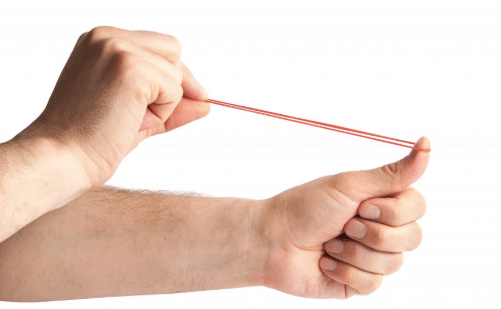
The stiffer a muscle (and tendon), the greater the elastic response. In other words, the greater the stiffness of the muscle-tendon unit, the greater the potential energy source is. However, if an individual’s flexibility and range of motion do not match the degree of flexibility required for a particular movement, performance will decrease and the potential for injury will increase. Therefore, the amount of flexibility and range of motion in a particular area should match the amount of flexibility required for the activity being participated in. Substantially more or less flexibility than is required will negatively impact an individual.In particular, too much range of motion often equates to a lack of neuromuscular control for a given area as well as a decrease in force production.
Much of the research pertaining to stretching and performance enhancement has been based on different parameters, and thus the results of some of the studies contradict the results of others. For example, some studies show that pre-stretching a muscle prior to exercise does not hamper performance, while other studies show that it does as a result of decreased force production. It should be noted that many of the studies citing a decrease in force production are examining maximal force production, which is not typical for distance runners. Therefore, it could be theorized that pre-stretching is not as much of an issue for endurance sports as it would be for sports that predominantly require short, maximal efforts (ex: sprinting).
Stretch Time Duration
While there are contradictory studies regarding exactly how long a stretch should be held to be most effective, it appears that somewhere around 30 seconds is ideal. By holding a stretch for 30 seconds, the stretch reflex will be minimized, thus allowing for greater range of motion. Very short and/or sudden stretches likely will trigger the stretch reflex and therefore will inhibit the ability of a muscle to stretch.
So why not stretch for longer than 30 seconds? Again, while the science on this topic is a bit conflicting and murky, two studies showed that stretching beyond 30 seconds did not contribute to increased ROM and that stretching past 30 seconds diminished force production, respectively.
The reality is that the ideal time duration so long as it’s not super short is likely individually-based.
Proprioceptive Neuromuscular Facilitation (PNF)
A PNF stretch consists of a stretch followed by a muscle contraction of the muscle that was just stretched. A partner moves a body part to its range of motion (ROM) limit and then the client contracts the muscle being stretched for 10‒15 seconds before relaxing the muscle briefly. The partner then moves the body part to a new ROM. This cycle is repeated two or three times in total.
PNF stretching works because of the effect it has on the Golgi tendon organ. During PNF stretching, a muscle is repeatedly contracted and relaxed, which triggers the Golgi tendon reflex numerous times. This expands the ROM of the targeted body part beyond what non-PNF stretches can typically accomplish.
What About Foam Rolling?
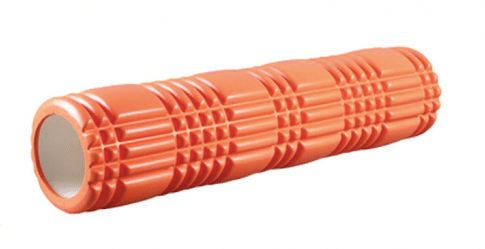
The concept behind a foam roller is that it “rolls” over a tight muscle and/or connective tissue with the purpose of reducing muscle/connective tissue tightness. While foam rollers can be very helpful, they can make a tight muscle or fascia tighter.
The widely accepted theory surrounding foam rollers is that the more it hurts, the better it is working. This could not be further from the truth. The reality is that too much compression overstimulates the muscle spindles (i.e., nervous system) and causes the muscles to shorten in response as a protective measure against injury. Additionally, too much compression can damage muscles and connective tissue on a cellular level (fibroblasts) and actually increase inflammation rather than reduce it.
Individuals typically apply much more pressure than is necessary and, frequently, in the wrong locations (ex: IT Band). Just because pressure is applied to a tender area via a foam roller or by other means, the pain and tightness will not necessarily go away. In some cases, and as noted above, it can actually make it worse, as excessive pressure from the roller can create trauma.
When fascia is irritated it becomes inflamed. Inflammation leads to the fascia shortening and becoming extremely tight in a localized area. Reducing fascial tightness requires much lighter pressure in a specific area and for longer periods than is typically utilized with standard foam-rolling protocol. It is suggested that if your clients utilize a foam roller or handheld massage stick, they apply light to medium amounts of . Therefore, in relation to working with fascia, the phrase pain, no gain is applicable.
In regard to force production, one study found that foam rolling increased range of motion while not reducing force production, whereas stretching did reduce force production.
Summary
As noted previously, so long as a stretch isn’t too short (< 5 seconds), the exact time duration to get the best benefit is largely individually based. Therefore, slowly stretching and holding for around 30 seconds is recommended. Additionally, so long there is not pain is associated with foam rolling, it is likely a great medium for reducing the stretch reflex without decreasing force production. Which brings us to the last point. While stretching may decrease force production to some degree, based on the studies done, it is likely that short and explosive exercises (i.e., 100 meter dash) would be most impacted.
http://www.leapaheadfitness.com/2012/09/what-the-heck-is-fascia-and-what-does- it-have-to-do-with-fitness/ Retrieved September 28, 2012
DiGiovanna, Eileen; Stanley Schiowitz, Dennis J. Dowling (2005) [1991]. “Myofascial (Soft Tissue) Techniques-An Osteopathic Approach to Diagnosis and Treatment“(Third ed.). Philadelphia, PA: Lippincott Williams & Wilkins: 80–82.
Voss, DE., Ionta, MK., & Myers, BJ. (1985). “Proprioceptive neuromuscular facilitation: Patterns and techniques” (3rd ). Lippincott Williams & Wilkins.
Alpkaya, U., and D. Koceja. “The effects of acute static stretching on reaction time and force.” J Sports Med Phys Fitness. 47:147 – 150.
Wilson, Jacob M et al. “Effects of Static Stretching on Energy Cost and Running Endurance Performance”. J Strength Cond Res 2010;24 (9): 2274-79.
Dicharry, J. “Anatomy for Runners: Unlocking Your Potential for Health, Speed and Injury Prevention”. ISBN-10: 1620871599. Skyhorse Publishing; 1 edition (August 1, 2012) (75).
MacDonald GZ, Penney MD, Mullaley ME, Cuconato AL, Drake CD, Behm DG, Button DC. “An acute bout of self-myofascial release increases range of motion without a subsequent decrease in muscle activation or force.” J Strength Cond 2013 Mar;27(3):812-21. doi: 10.1519/JSC.0b013e31825c2bc1.
Thomas C. Pritchard, Kevin D. Alloway. “Medical Neuroscience” Wiley-Blackwell; 1 edition (1999). 111-112
https://www.ncbi.nlm.nih.gov/pubmed/8066111

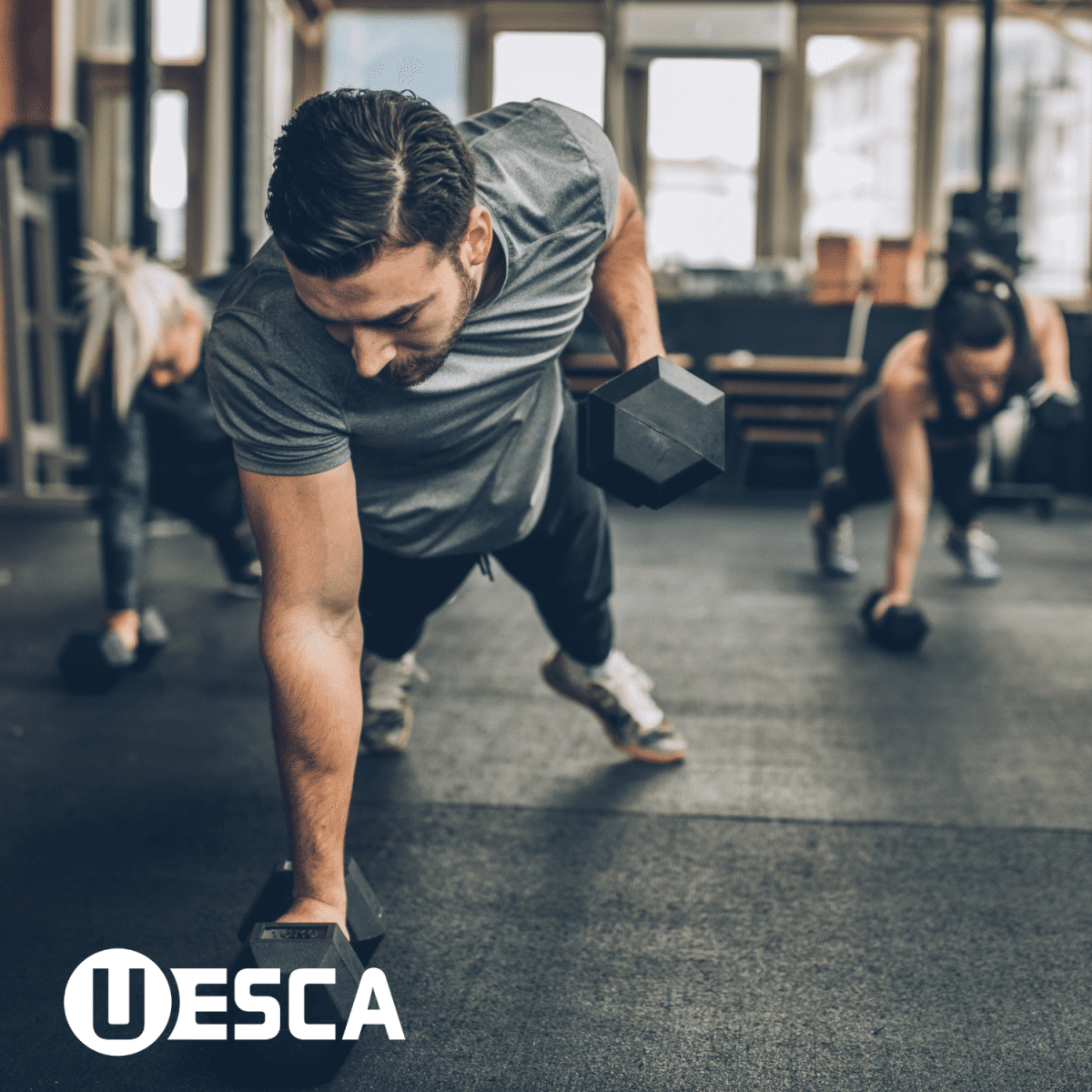
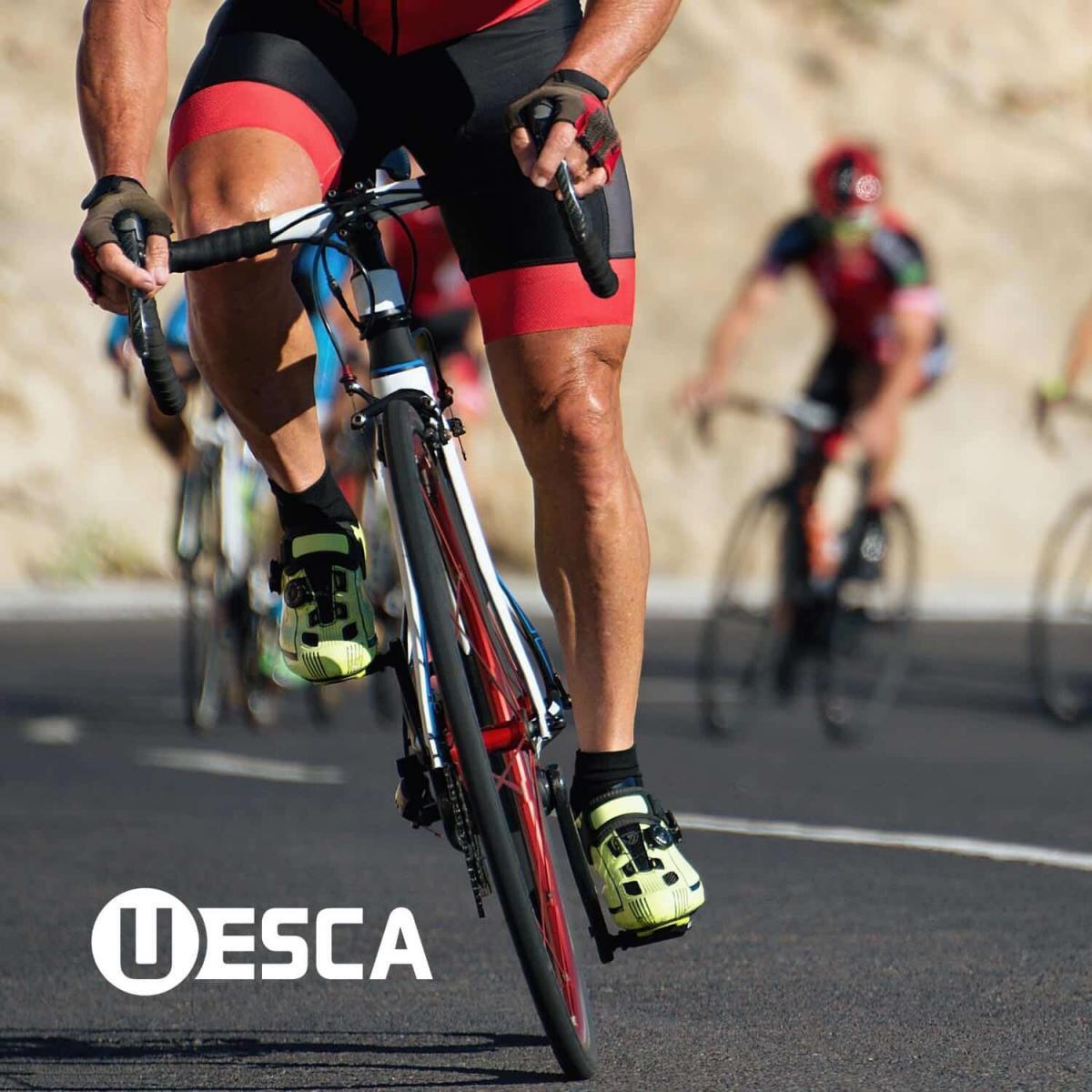


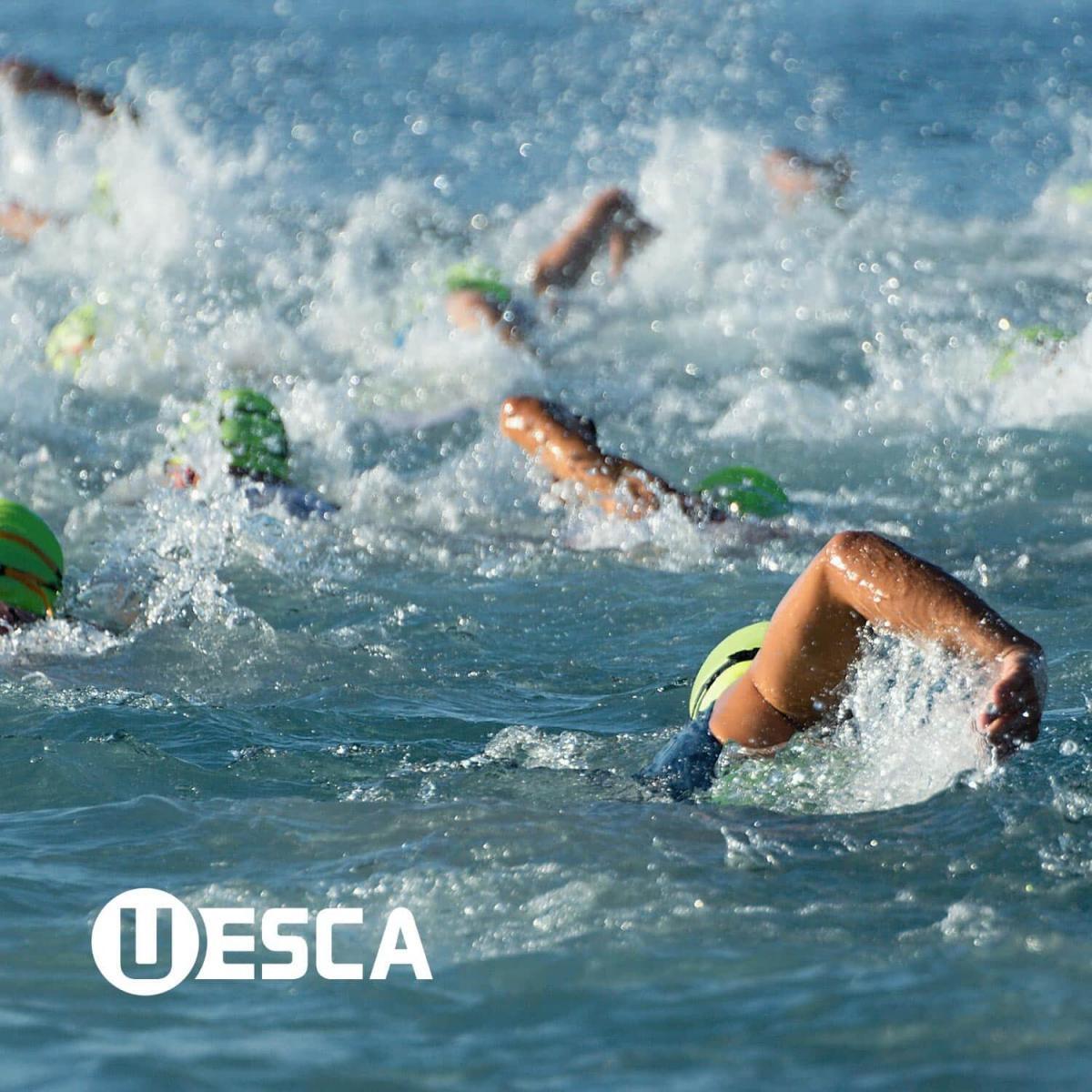



I wish this article went into the best stretches before and after running the the rationale behind this. Also, is there a positive benefit for stretching weekly? And what daily increments would make this routine beneficial? The info here is definitely incomplete.
Thank you Craig. There probably is a “best” stretch and routine but it’s different for every person. Stretching is a matter of creating mobility around joints based on a specific person. Yes, there’s a positive benefit to stretching as often as needed if it’s needed. Just like most things with the human body, and with coaching, it’s individually based so we’re not going to list “best” anything here because it’s not necessary best for everyone. What’s important is to look at what we know about stretching (hence what was covered in this article) and apply it to an individual athlete based on their needs.